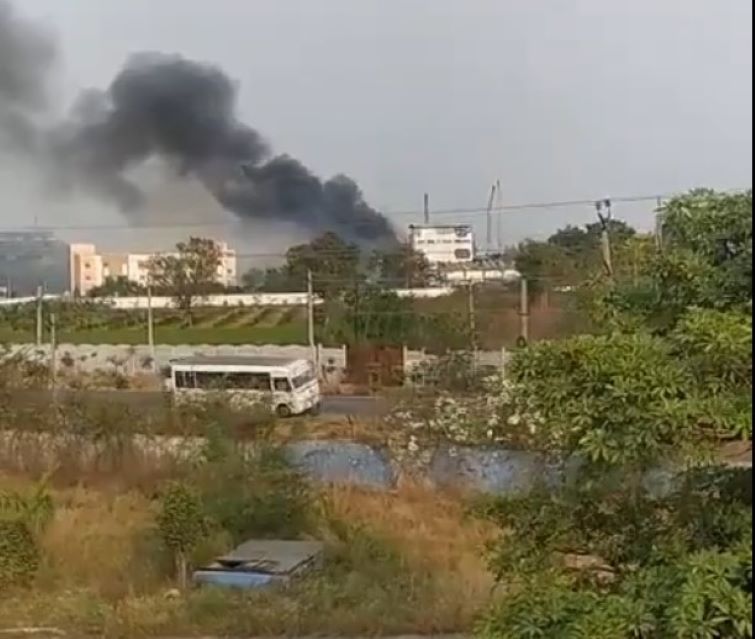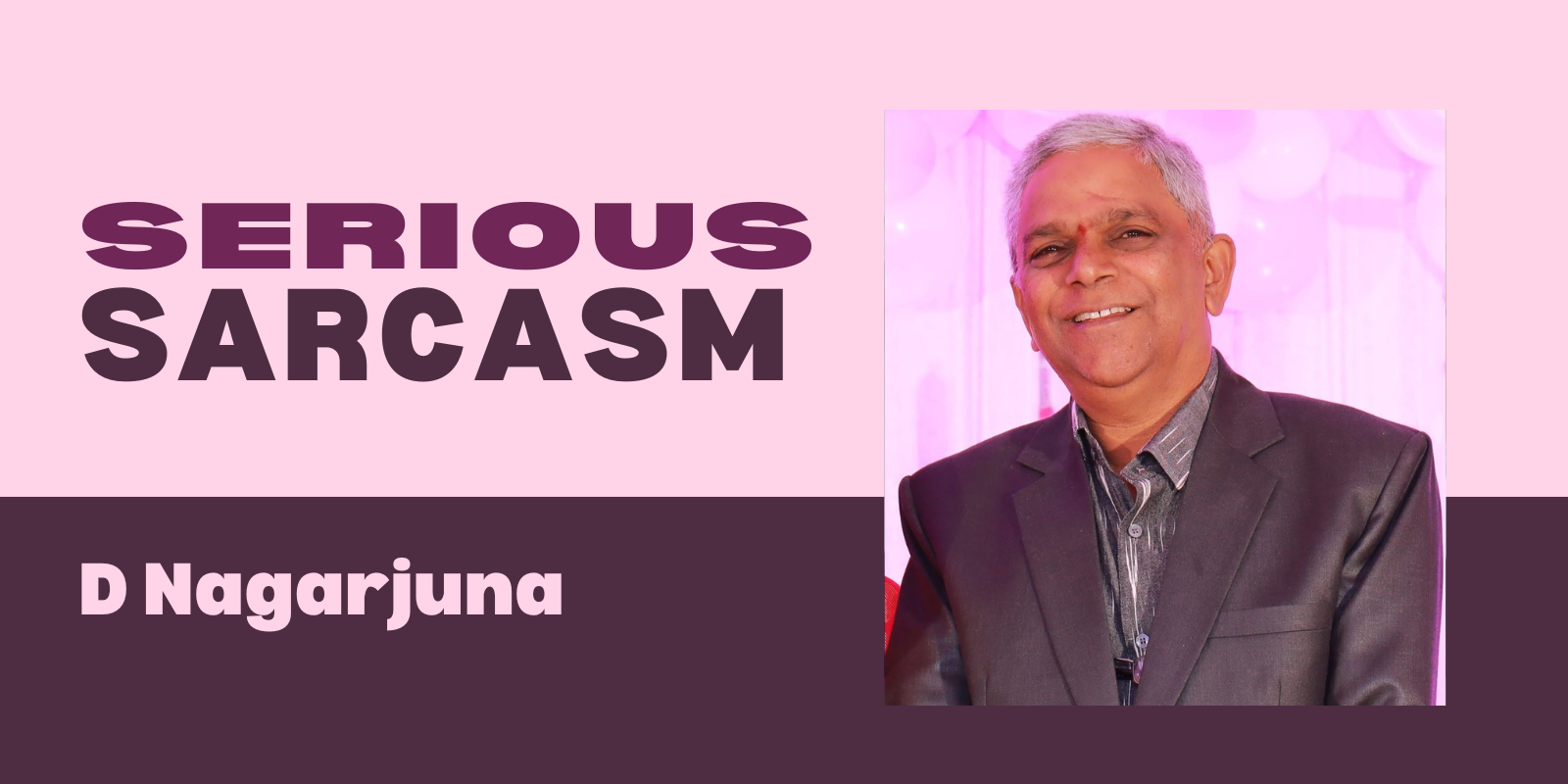The Pasamylaram Chemical Plant Explosion
A tragedy unfolded on the outskirts of Hyderabad near Patancheru, in Pasamylaram, where an explosion ripped through a chemical factory manufacturing pharmaceutical intermediates. So far, 47 lives have been lost, with many more battling for survival in hospitals. Adding to the horror, several of the plant’s 147 employees are reportedly still missing. Among the deceased is the company’s vice-president.
Heart-wrenching scenes are playing out: families pleading for DNA tests to identify the remains of their loved ones, others begging for even a handful of ashes to conduct final rites. One worker, interviewed just days ago, was asked to report for duty on Monday—his first and last day at the factory.
In a country of over 140 crore people, such incidents are often buried under bureaucratic silence and short public memory. As time passes, the tragedy at Sigachi Industries may be swept under the rug with a carefully curated PR campaign. The dent to the company’s image may vanish as swiftly as the lives it lost. Until the next disaster strikes.
This horrifying accident follows closely on the heels of an Air India plane crash and now overshadows the recent Ahmedabad incident. Will the truth behind either of these calamities ever come out? That remains a million-dollar question. Most ordinary citizens, struggling with the demands of daily life, will move on, unaware or uninterested in any investigation or accountability.
So intense was the explosion that bodies have been charred beyond recognition—some unrecoverable, some untraceable. It is shocking that in the 21st century, we are still grappling with such primitive lapses in safety and accountability.

Consider the SLBC tunnel tragedy: after 50 days of rescue operations, six of the eight bodies were still not retrieved. Does anyone know what happened to the bereaved families? Was compensation paid—and how much? In India, ex gratia payments are arbitrarily decided, often ranging from ₹1 lakh to ₹1 crore, with no clear rationale.
It’s not as if safety measures are an alien concept to us. Even five decades ago, simple yet effective protections were in place. As a student and apprentice in a printing press in 1977, I recall how a basic cutting machine was equipped with a mechanism that would halt the blade instantly if a hand accidentally intruded. A light path, when broken by the hand, would trigger a circuit breaker and stop the machine. Such innovation existed then—why are we still failing now?
We are still struggling to implement ‘Kavach’—a life-saving train collision avoidance system—across all routes. The root cause? We remain obsessed with statistics: we justify failures by citing our population, normalizing death as a cost of scale. Whether it’s one life or a thousand, each one is irreplaceable. We cannot simultaneously boast of our human resources as a national asset while showing callous disregard for their safety and lives.
India’s tragedy is not just industrial—it is psychological. We have internalized fatalism to the point of paralysis. “If we are destined to die, so be it” is no longer just a saying, but a cultural resignation. This mindset must change.




